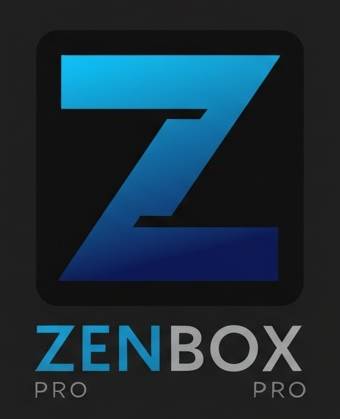Intelligent Speed Assistant (ISA) is one of the newest driver assistance systems, gaining increasing importance in the context of safety and compliance with EU regulations. From July 2022, ISA is mandatory equipment in newly type-approved vehicles throughout the European Union, and from July 2024, it will be required in every new car registered for sale. How exactly does ISA work, how does Intelligent Speed Assistant differ from other systems, what benefits does it bring, and what challenges does it pose? Let's find out.
What is the ISA system and what are its tasks?
ISA-System (Intelligent Speed Assistance) is a modern technological solution that the task is to control the vehicle's speed in real time and warning the driver about exceeding the speed limitThis system combines information from road sign recognition system and digital map data to determine what speed limit valid on a given road section.
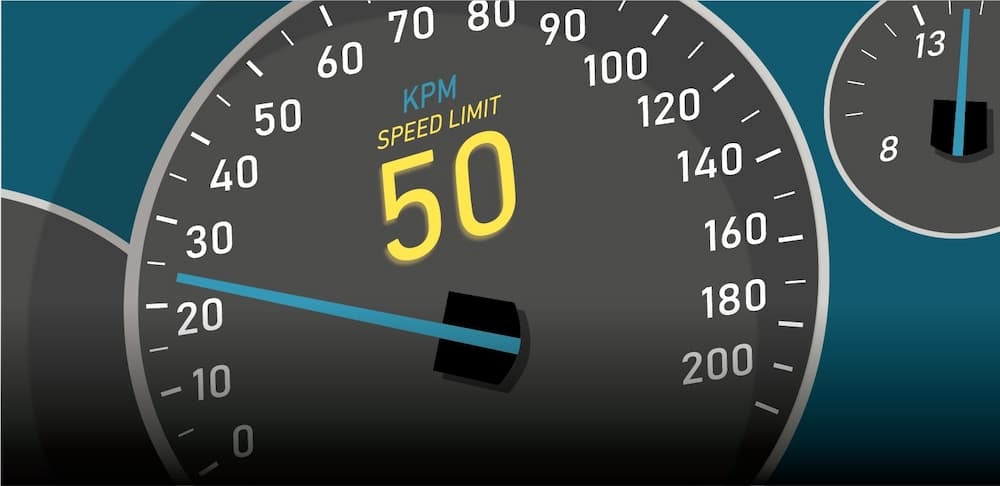
ISA intelligent speed assistant works in such a way as not only to inform the driver, but also – in some versions – to limit the engine power when speeding. Depending on the configuration, ISA system can work in passive version (information and warning) or active (intervention in engine operation).
How does ISA (Intelligent Speed Control Assistant) work in practice?
The system's operation is based on a combination of several technologies. The most important elements include:
- Camera mounted behind the rearview mirrorwhich is used for road sign recognition,
- GPS system, which provides map data regarding speed limits,
- Central controller, analyzing data in real time.
After starting the engine, and also after opening the vehicle door, the system calibrates and begins to analyze the surroundings. If the camera detects speed limit sign or the map data will indicate a different limit, ISA intelligent speed assistant displays a warning on dashboard or home screen. In case exceeding the speed limit, the driver can receive sound signal, visual or perceptible (e.g. through the gas pedal).
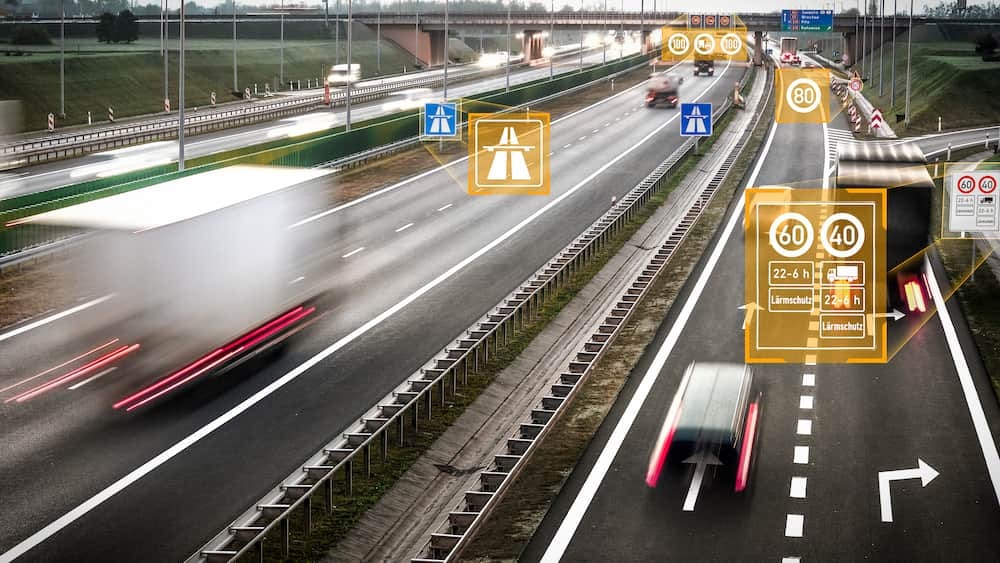
Obligation to use the ISA system in the European Union
Introduction of ISA By European Union bodies was intended to increase safety of road users, as well as adaptation new cars to the digital world and autonomous driving systems. In practice, this means that:
- From 2022 newly homologated vehicles must be equipped with ISA system,
- From 2024 everyone new car sold on within the European Union must have intelligent speed assistant,
- Vehicle manufacturers they must adapt their production lines and systems to new requirements.
ISA system versions – passive and active
ISA-System can operate in two basic variants:
- Passive Intelligent Speed Assist – informs the driver that the speed limit has been exceeded. A message appears on the screen and driver speed is compared with the limit resulting from GPS data or road signs. Additionally, there is sound signal or flashing light.
- Active Intelligent Speed Assist – the system actively interferes with vehicle speed, limiting the engine torque when the driver exceeds the speed limitThe system does not apply the brakes, but through accelerator provides resistance, discouraging further acceleration.
In both cases, the driver has the option independent driving and may temporarily ignore the warning, however every time you start the engine the system reactivates.
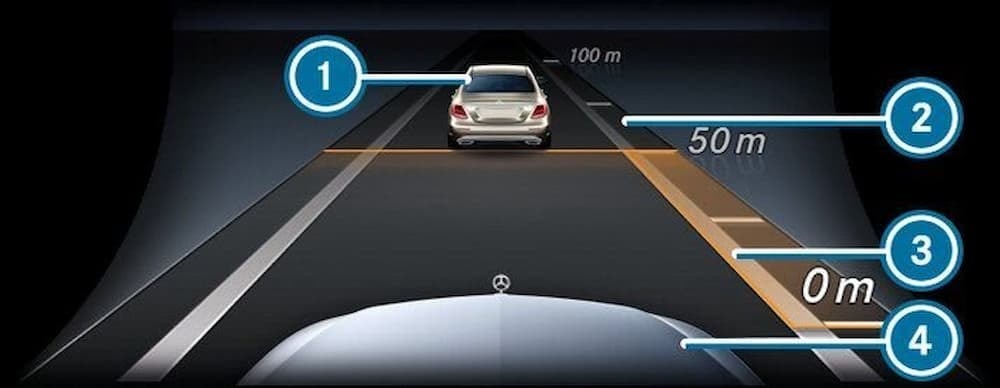
What does the ISA system provide?
Intelligent Speed Control Assistant brings many benefits:
- Increases driving safety and reduces the number of accidents related to speeding,
- It helps to maintain regulations in places where they are often broken,
- Supports healthy driving style of the driver, limiting aggressive acceleration,
- Protects road traffic participants, especially in built-up area,
- It reduces exhaust emissions thanks to a smoother ride,
- It facilitates the use of modern systems, such as lane assistant or adaptive cruise control.
Disadvantages and problems with the ISA system
Despite its many advantages, ISA system It's not free from flaws, and the list of flaws grows longer with its widespread use. Here are the most common problems reported by drivers:
- Incorrect recognition of road signs – the camera may misread the speed limit sign, especially in the case of bad weather conditions, dirty or obscured signs,
- Excessive interference with the driver's driving style – many users believe that ISA works too aggressively, e.g. by limiting acceleration in situations where momentary speeding is safe,
- Outdated map data – speed limit data are not always consistent with the actual state,
- No permanent shutdown possible – even if the driver deactivates the system, every time you start the engine it turns on again,
- Concerns about drivers' privacy – some users are concerned that data from the system may be shared approval authorities or other institutions,
- In vehicles with automatic gearboxes the system may operate delayed or inconsistently with other support systems.
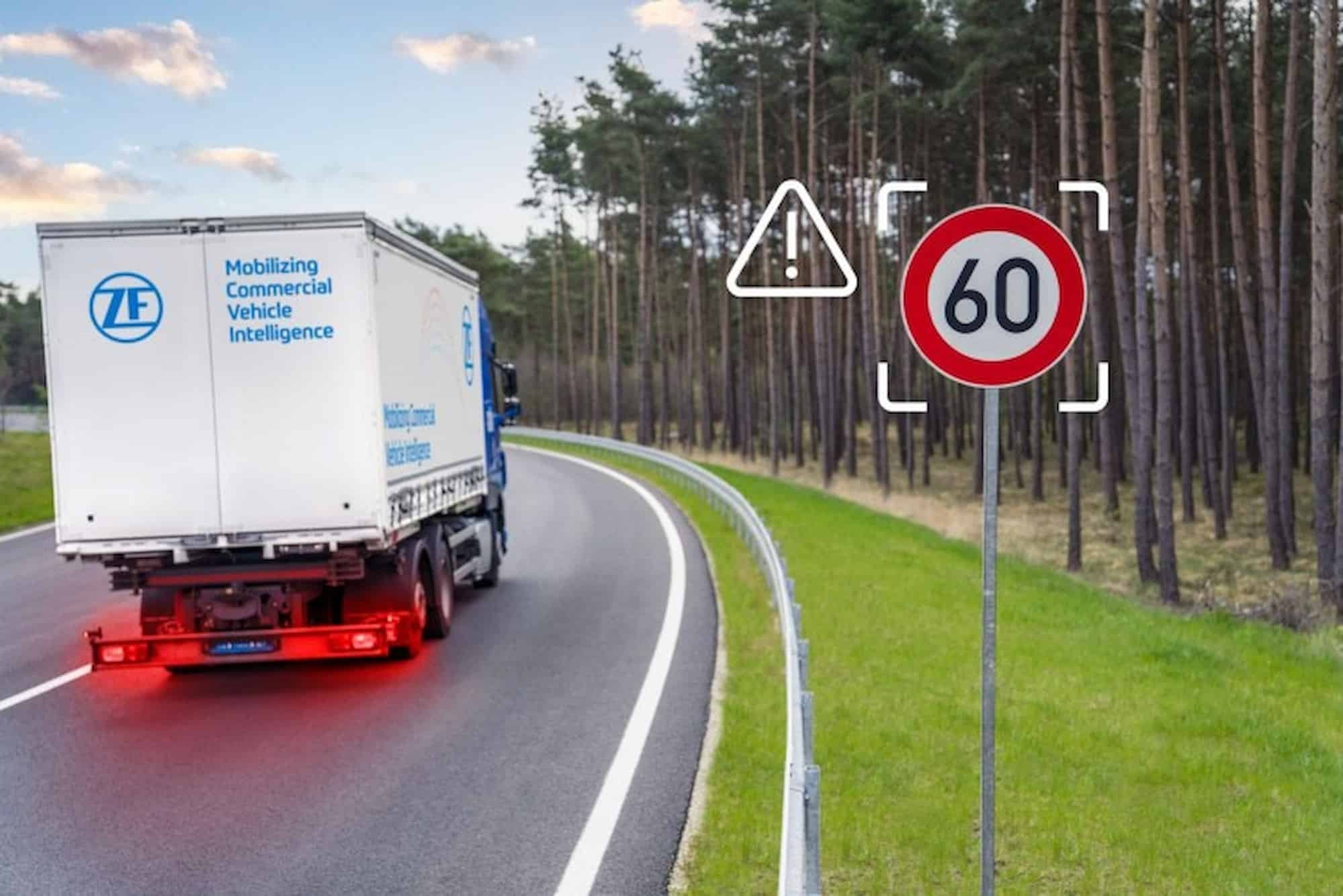
ZENBOX PRO – a solution for those who want to have a choice
If you are a driver who values independent driving and you don't want to be limited by ISA system, you can use a solution that is gaining popularity – ZENBOX PRO.
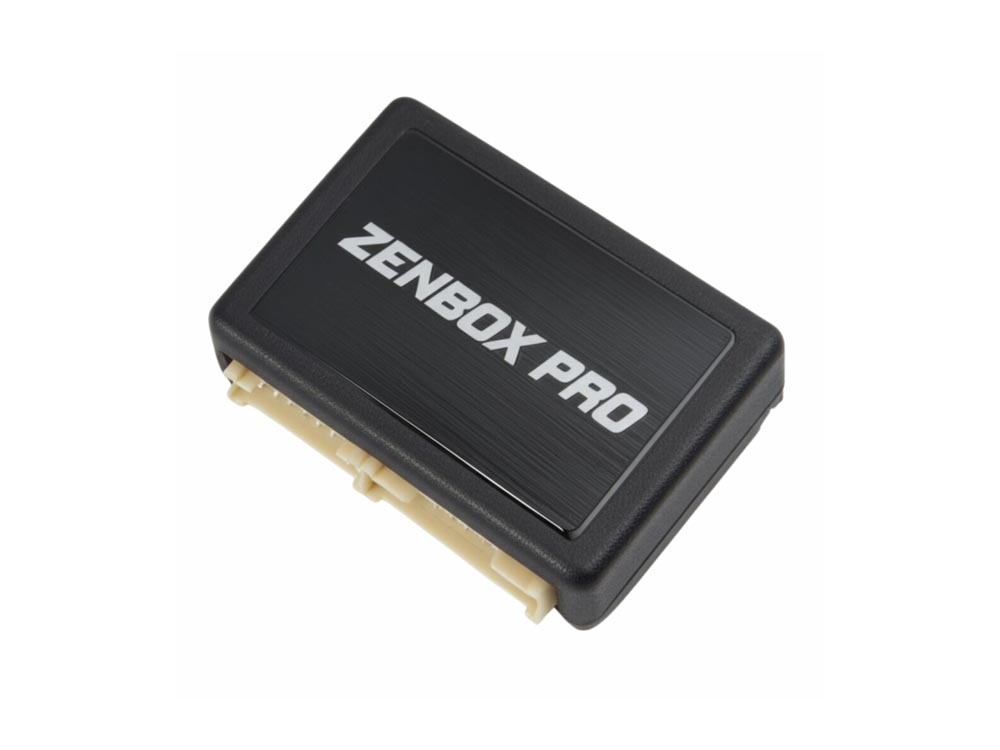
ZENBOX PRO is an innovative electronic device that allows for effective and safe deactivation intelligent speed assistant – without the risk of voiding the warranty or interfering with the vehicle's factory systems. After installation:
- ISA system does not activate every time you start the engine,
- You have full control over vehicle speed,
- You avoid annoying warnings and interference accelerator,
- You can keep your individual driving style without unnecessary restrictions,
- It works discreetly and does not affect other vehicle functions.
Thanks ZENBOX PRO, drivers can regain control of their vehicle and adjust it to their own preferences, without sacrificing the convenience of modern solutions.
In the face of universal introduction of ISA on throughout the European Union, ZENBOX PRO may be the answer for those who want to drive responsibly, but also decide for themselves how their car operates.
See also:
- Active vs. Passive Safety – What You Need to Know?
- Start-stop system – operation
- Mandatory passenger car equipment in 2025
- Character recognition system – how does it work?
- ADAS system – what is it and how does it work?
- Lane Assist – How it works
- Driver Fatigue Detection System – Does it Really Work?
- The most important safety systems in cars
